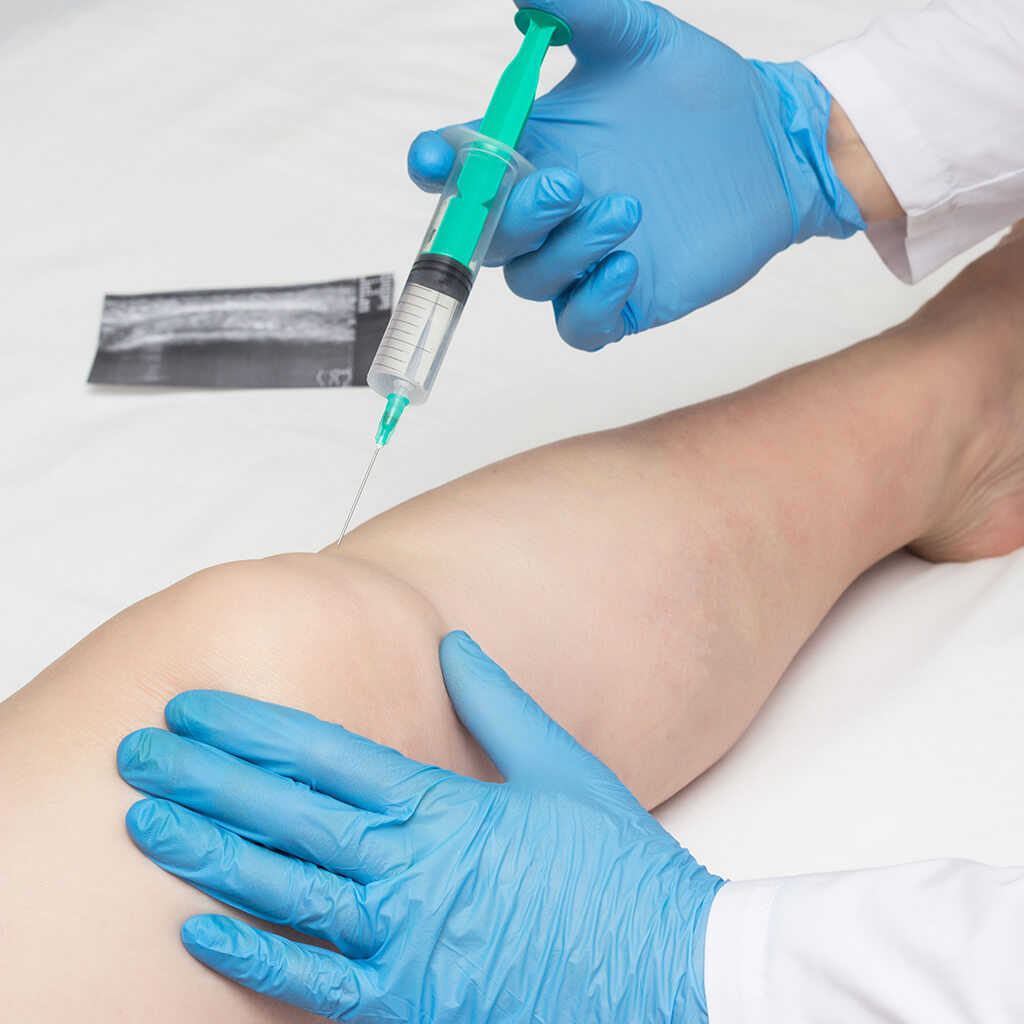Ozone therapy: what is it and what are the benefits in physiotherapy

Publication date: 14-07-2020
Updated on: 16-05-2025
Topic: Rehabilitation & Physiatry
Estimated reading time: 1 min
Article Author
Miriam Manfrini
Editor and Translator
Viktoryia LuhakovaWhat is oxygen-ozone therapy? What are the properties and pathologies it can cure in the physiotherapy field? The word to the Physiatrist Specialist of the Casa di Cura La Madonnina in Milan
Disc herniation and other osteoarticular problems are sometimes extremely painful for those who suffer from it. Ozone therapy, of which we often hear about, can represent a valid therapeutic strategy. We address the topic with Dr. Cristiano Renato Fusi, physiatrist at the Casa di Cura La Madonnina Hospital and Head of the Rehabilitation Unit and Outpatient Rehabilitation Services at the Zucchi Clinical Institutes of Monza.
What is it
Ozone therapy, or an oxygen-ozone therapy, is a medical treatment which consists in the introduction into the body of a mixture of oxygen and ozone having an analgesic and anti-inflammatory action.
The methods of administration vary depending on the pathology to be treated. In the physiotherapy context, as regards problems such as the herniated disc, the following can be performed:
- intra-disc infiltrations (under fluoroscopy), performed in equipped and suitable environments;
- less invasive injections into the paravertebral muscle at the level of the metamers affected by the hernia, identified by magnetic resonance imaging or CT. A small size needle is used in the procedure: the patient may experience local discomfort when the needle penetrates the muscle but, in general, this is not a painful treatment.
For which pathologies
Ozone therapy is a medical practice used in different contexts, from dermatology to dentistry; from vascular surgery to neurology. In physiatry and rehabilitation it is particularly suitable for problems such as:
- arthrosis;
- herniated disc (lumbo-sciatica and lumbago);
- inflammatory / infectious pathologies;
- tendinitis and tendinosis (e.g. epicondylitis and Achilles tendon pathologies).
Medical ozone
Ozone (O3) is a gas that naturally changes the structure of the oxygen molecules (O2) in the atmosphere by adding a third atom. It is an unstable substance, which tends to return to the 2-atom form and which, if inhaled, can be harmful to the lung. Medical ozone, used for medical treatments such as oxygen-ozone therapy, is produced by specific equipment capable of mixing it with oxygen in appropriate concentrations and volumes, which vary according to the disorder to be treated.
Benefits of ozone
The ozone properties are manifold, among which:
- increased oxygenation of cells and tissues, promoting the regeneration and elimination of toxins;
- antibacterial, antifungal and antiviral action;
- pain-relieving action (inactivates halogen metabolites and promotes the production of endorphins);
- anti-inflammatory action (reduces inflammatory mediators that spread inflammation);
- fatiguing action;
- improvement of blood microcirculation;
- support for the formation of new blood vessels (neo-angiogenesis).
Consequently, ozone therapy can determine a reduction in drug therapy, as well as in functional recovery times and the use of surgical treatment.
Risks and contraindications
Dr. Fusi comments: “Ozone therapy is safe, harmless to the body and not very invasive, but it is a manu medica procedure that, therefore, must be performed by an expert doctor. Before carrying out the treatment, however, it is necessary to consult your doctor, as it is a contraindicated therapy in pregnancy and for some diseases such as: cardiopathies and / or cardiovascular pathologies hemopathies and / or coagulation problems; favism; hyperthyroidism; respiratory diseases”.
Duration and number of sessions
An oxygen-ozone therapy cycle is around 8 sessions, lasting a few minutes each, but the number of appointments depends on the pathology to be treated and the patient's subjective response. The results, with the exception of chronic diseases, are fairly rapid and it only takes a few weeks to experience the first benefits of the therapy.